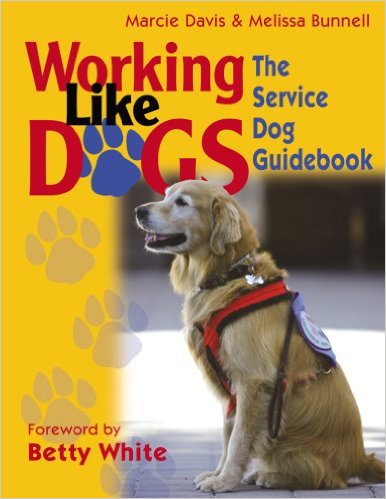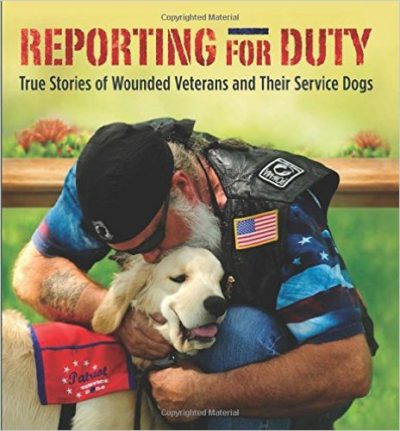 An older man and his dog
An older man and his dogWe don’t always think about what will happen if our assistance dog outlives us. Usually our focus is on the grief we’ll feel when our beloved dog goes before us, since dogs usually have a short lifespan.
But planning ahead to make sure your assistance dog is cared for if you die before they do is important. A pet trust is a legal mechanism recognized in most states. It allows you to plan for the care of your dog, including providing the financial means to do so.
First, if you got your assistance dog from an agency, you have to determine whether or not you own your dog. Some agencies retain ownership while some agencies turn over ownership to the recipient. This is an important question to answer before you proceed.
You may think that a provision in your will covers the care of your dog, but it offers no guarantee. A pet trust, a type of “honorary trust,” must be established for your wishes to be enforceable. Cornell’s “DOGWatch” newsletter recently took on this topic in detail, and here are some of the points they raised.
Since dogs are considered property by law, and can’t directly receive an inheritance, a trustee and caregiver are needed for a pet trust. The trustee is the person who manages the funds of the trust and the caregiver, who may or may not be the same person as the trustee, is the one actually taking care of the dog. Naming more than one caregiver is wise. You are the settler or grantor of the trust, the person who creates it. The beneficiary of the trust is your dog.
Whether you find the forms for your pet trust online or hire an attorney, the main thing is getting the trust set up so you know your assistance dog will be cared for in the manner you feel is important. As long as the details you spell out are not considered by the court to be “capricious,” and the amount of money is not considered excessive (like the $12 million Leona Helmsley left for her dog), the trust should be enforceable.
To make sure your wishes are carried out, you will not only have to set up the trust, but also take additional steps including:
- Talk to your caregiver(s) and make sure they’re willing to take on the responsibility.
- Spell out specific details of care for your dog.
- Make sure enough money is set aside for your dog’s care over his expected lifetime, plus something for the caregiver’s time.
- Give copies of the trust to the trustee and caregiver(s).
To you, your assistance dog is a partner and family member. In the eyes of the law, he or she is just a piece of property. I want to make sure that Whistle has the best care possible if I die before him. Plan ahead with a pet trust to ensure your assistance dog is cared for, even if they outlive you.
Image courtesy of africa / FreeDigitalPhotos.net.




